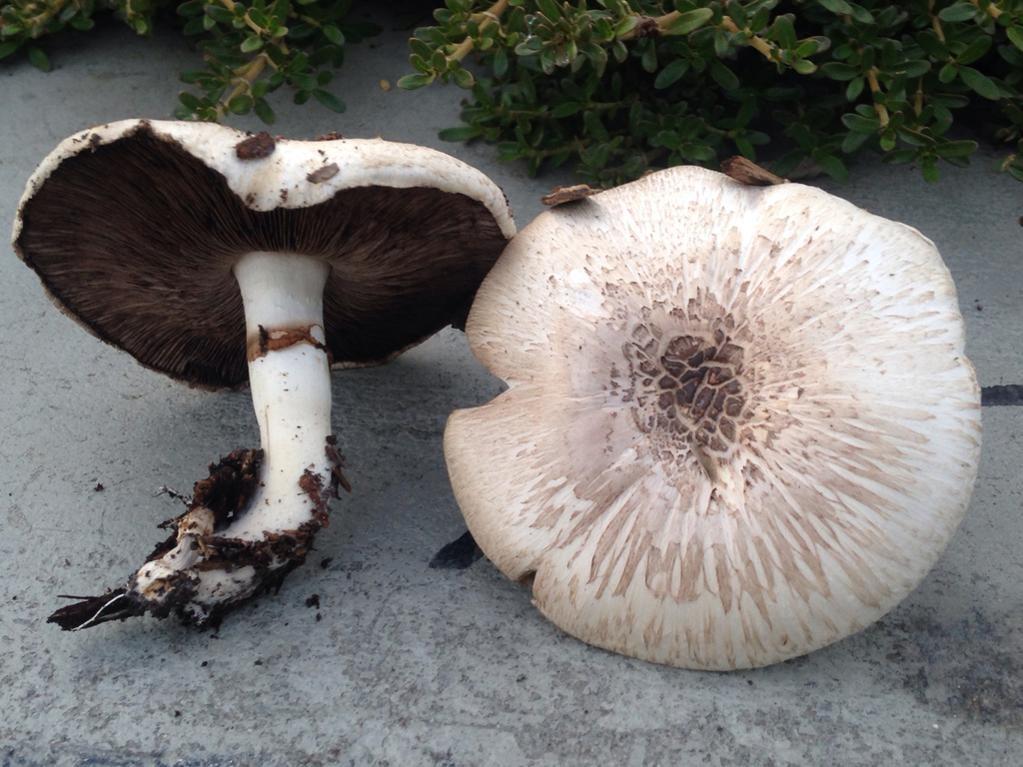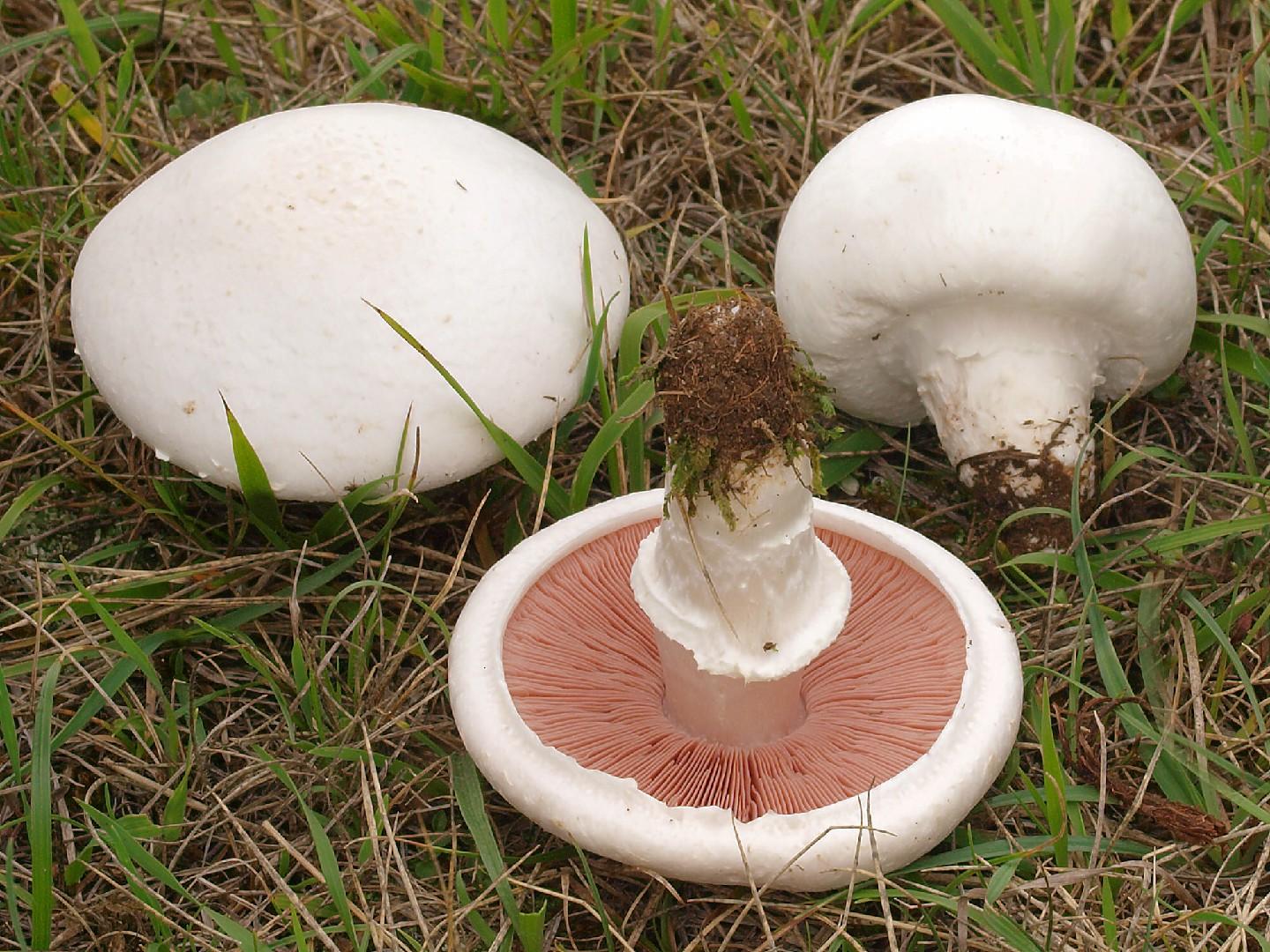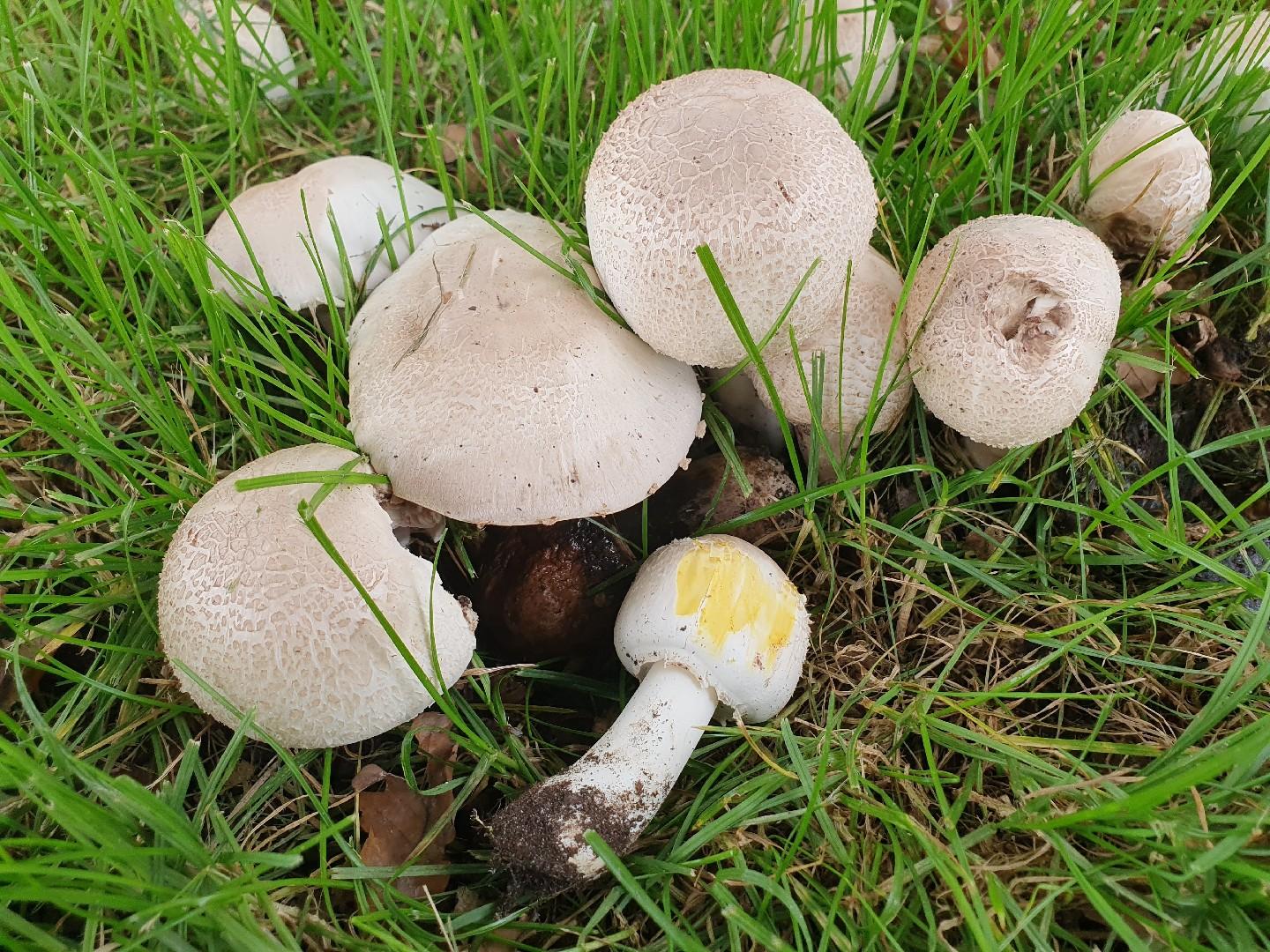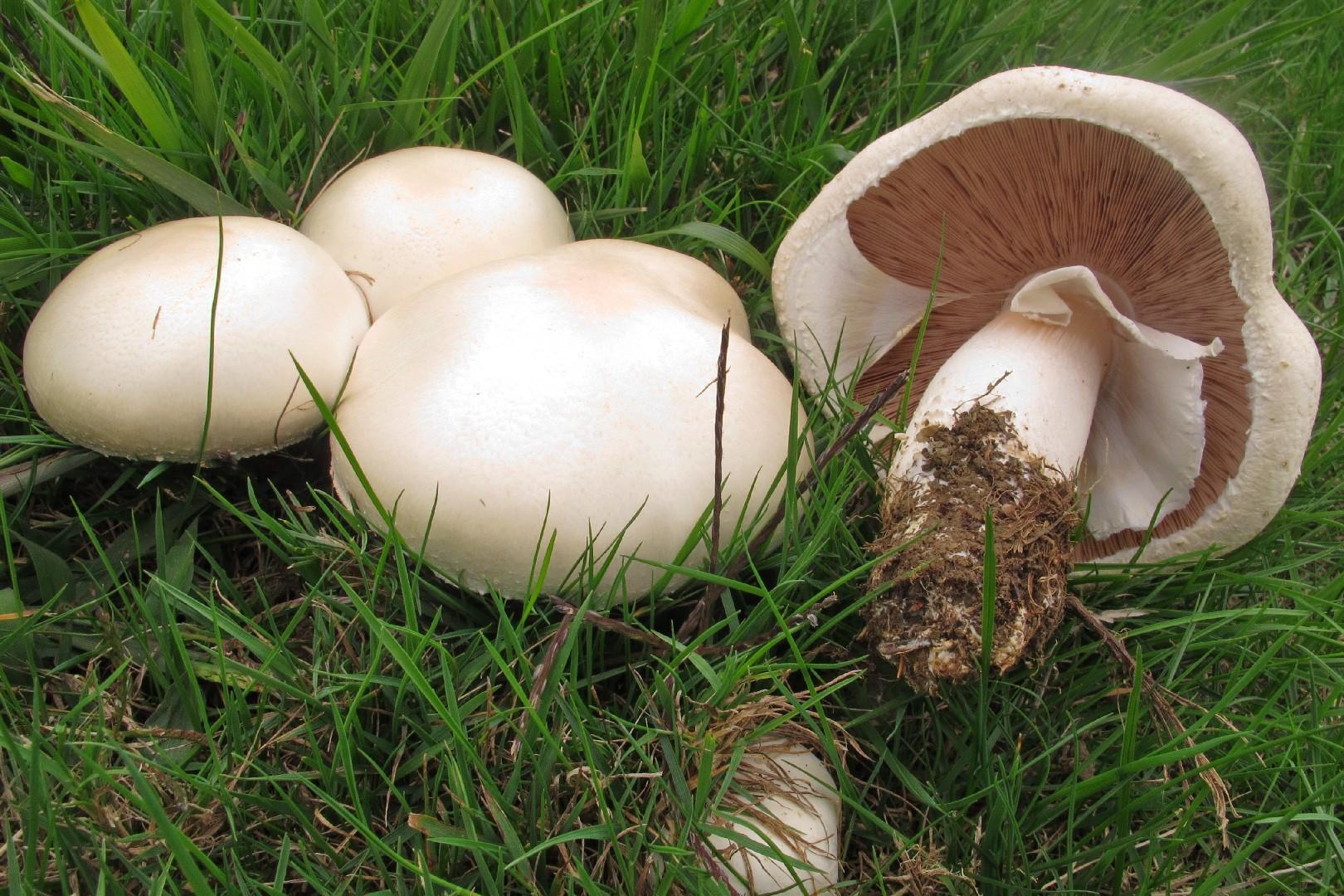

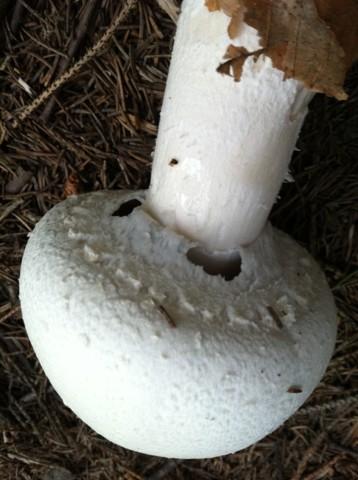
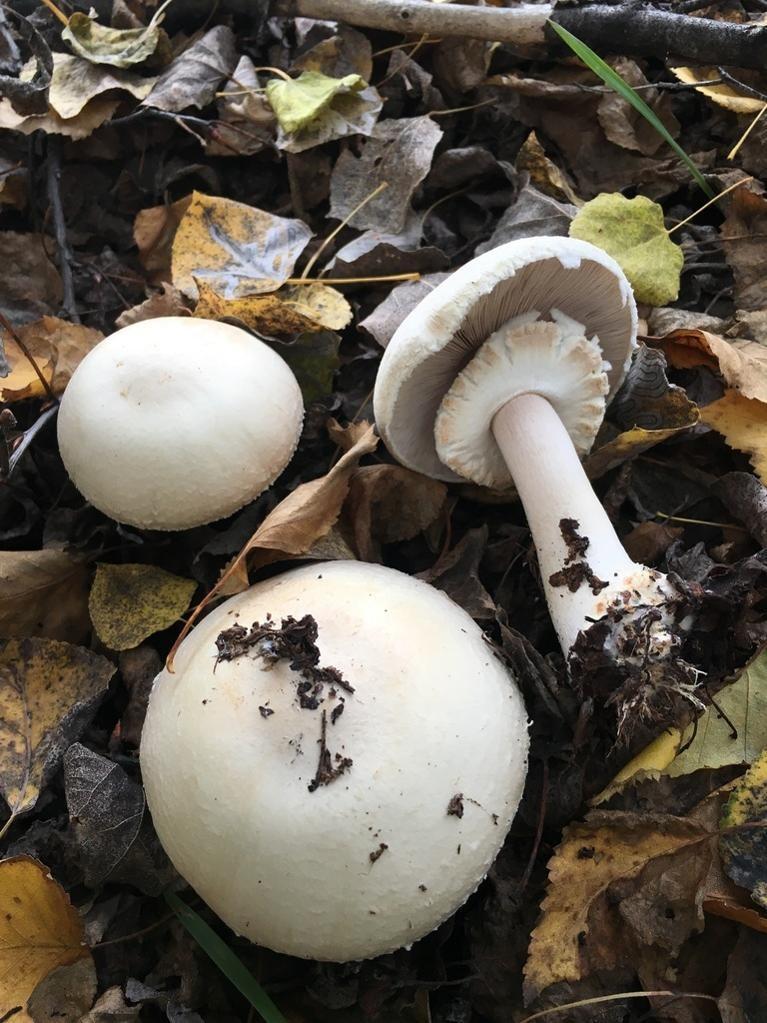
Horse mushroom
Agaricus arvensis
A species of Agaricus.
Agaricus arvensis, commonly known as the horse mushroom, is a substantial mushroom species characterized by its prominent, rounded white caps and gills that range from pale to gray. This globally distributed species can be found in diverse environments such as grassy areas, open land, and cultivated plots.
In This Article
Attributes of Horse mushroom
Cap Diameter
7 - 25 cm
Height
8 - 12 cm
Cap
Cap 7 - 20 cm across; domed, flat; white to cream; surface smooth to slightly scaly; turns yellow when bruised
Cap Shape
Convex, Flat
Cap Surfaces
Smooth, Fibrillose-scaly
Gills
Free; crowded; pale grayish pink to chocolate-brown
Gill Attachment
Free
Stem
Stem 5 - 12 cm long, 1 - 3 cm thick; white to cream; surface smooth
Stem Shapes
Club Shaped
Stem Surfaces
Scaly
Flesh
Thick; firm; white
Ring
With Ring
Spore Print Color
Dark chocolate-brown
Odor
Strong aniseed-like fragrance.
Body Color
YellowWhite
Flesh Bruises
Discolor to yellowish
Growth Form
Gregarious
Nutrient Gathering
Saprophytic
Substrate
On soil
You can find Horse mushroom by these plants
Spruces
Occurence Habitats
Meadows
Species Status
Least Concern
Endangered Species
No
Scientific Classification of Horse mushroom
Phylum
Club fungi
Class
Mushroom-forming fungi
Order
Gilled fungi
Family
Agaricaceae
Genus
Agaricus
Toxicity and Edibility of Horse mushroom
Is Horse mushroom Toxic?
Toxicity information is not available for this mushroom. Always consult with an expert before consuming any wild mushrooms.
